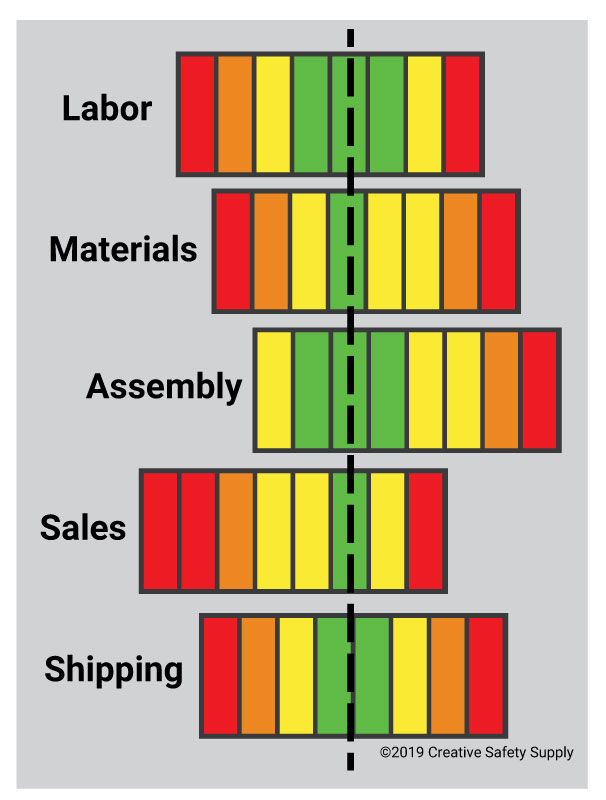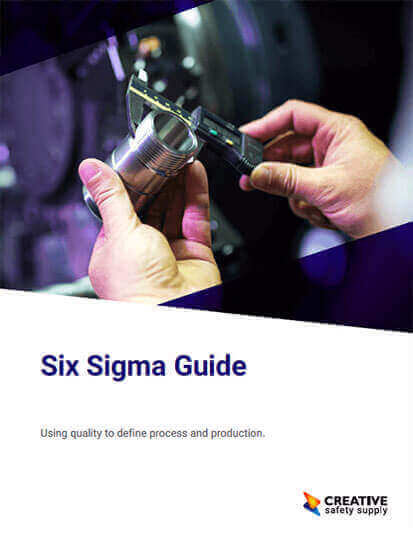
Centerlining, sometimes called Operation Envelopes or run-to-target, is a methodology used in manufacturing and often used in conjunction with Six Sigma or total productive maintenance. It is a practice that aims to reduce product and process variability while increasing machine efficiency.
The method works to improve manufacturing effectiveness’ by using existing and established process settings to ensure a consistent manufacturing process. It identifies this through key process variables. When looking at a process you want to look at all the variables present: breakdowns, machine speeds, shift changeovers, out-of-specification units, etc. Your goal with this methodology is to use centerline settings and tools to control variability.
T he variables of production should be charted out on a control chart, a statistical process control. You will be able to identify upper and lower control limits as well as a centerline. That centerline is midway between the ranges and will be what you're aiming for when making improvements.
he variables of production should be charted out on a control chart, a statistical process control. You will be able to identify upper and lower control limits as well as a centerline. That centerline is midway between the ranges and will be what you're aiming for when making improvements.
There are essentially four steps to centerline a process:
- Identify the important and key variables of the process.
- Determine an acceptable range for all of the variables. Products produced outside of the range will not be quality.
- Identify how these variables affect both the process and the product.
- Ensure the centerlined settings are always being used during production processes.
Centerlining is sometimes done through software specifically developed to identify product and process inconsistencies, manage operations, and perform statistical analysis to improve control.
Integrating the centerlining methodology can be extremely impactful on your business. If you're already using Six Sigma or are gearing up to implement TPM, centerlining is a great tool to use. Not only will you be improving the overall quality of a product, but successful centerlining can also improve safety, minimize waste, and minimize delays that manufacturing facilities often face.

